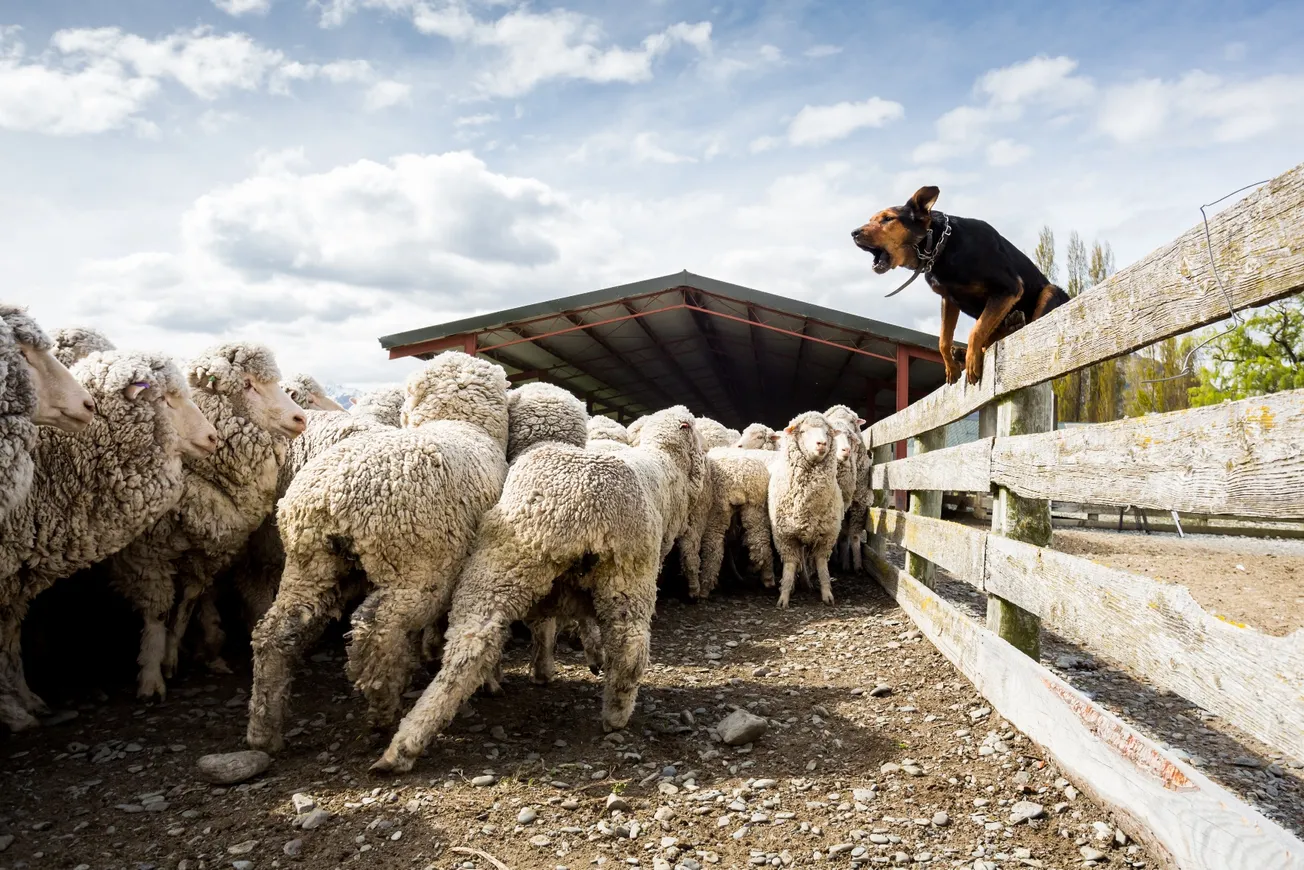Table of Contents
Kelli Ballard
Liberty Nation

Labor Day is a time each year when Americans celebrate hard workers and their contributions to the nation’s strength, prosperity, and well-being. It’s also a great day to look at labor unions, organizations designed to protect workers and advocate for better pay and conditions. Today there are many – but that hasn’t always been the case.
1790s–1800s: Craft Unions
Before labor unions, people worked long hours with little pay, and child labor protection laws did not exist. In the 1790s, craft unions began. These were made up of skilled workers in particular trades, such as carpentry, printing, and shoemaking. During this time, the first known US strike was organized by the Philadelphia Shoemakers, also known as cordwainers, in 1794 over wages. However, that strike had some negative consequences. The employers took the issue to court in a case that later became known as the Philadelphia Cordwainers’ Conspiracy, and, in 1806, the striking workers were prosecuted and convicted for conspiring to raise their wages, which set a precedent that criminalized strikes and unions.
Some influential people of that time included Thomas Skidmore and Mathew Carey.
Thomas Skidmore was an advocate for workers’ rights and one of the founders of the New York Working Men’s Party in 1829, which was the first political party in the country to be organized by and for workers.
Mathew Carey was a publisher and economist who published pamphlets and other writings to demonstrate the struggles of American workers.
19th Century
The 1820s and 1830s saw the beginning of more organized labor advancements. In 1827, the first and most noticeable labor organization formed: Mechanics’ Union of Trade Associations in Philadelphia. This was the first time workers from different trades joined together to demand better pay and conditions. In 1834, the National Trades’ Union formed. Its plan had been to bring together various craft unions from different cities; however, in 1837, an economic depression saw the end of that.
The next significant labor organization was established in 1866. The National Labor Union’s goal was to unite workers across different trades and to fight for an eight-hour workday. It dissolved in the 1870s, but it played a significant role in how unions would later be formed.
The Haymarket Square Riot – 1886
Founded in 1869 to advocate for social reform while including all workers, regardless of trade, the Knights of Labor was just becoming well known when the Haymarket Square Riot happened. What started as a peaceful demonstration to demand eight-hour workdays turned into a bloody scene. The strike was held on May 1, 1886, at the Harvesting Machine Company in Chicago. When police intervened, chaos ensued and several workers were killed. On May 4, more people gathered at Haymarket Square to protest police brutality. Then someone set off a bomb. Police retaliated by opening fire on the crowd. Seven police officers and at least four workers were killed, with many more injured.

After the rally, eight anarchists were arrested and charged in connection with the bombing. August Spies was a leading member of the International Working People’s Association (IWPA) and editor of the German-language anarchist paper Arbeiter-Zeitung. Albert Parsons was a former Confederate soldier who edited the Alarm, which was the English-language counterpart to Arbeiter-Zeitung. He was also the leader of the American branch of the IWPA. Though there was no proof that Parsons or Spies had anything to do with the bombing, the prosecution’s tactic of putting anarchy on trial was successful, and the guilty verdict came quickly. Both were convicted and hanged in 1887.
George Engel was another IWPA member, but he didn’t even attend the rally. Still, he was convicted and hanged with the others. Adolph Fischer worked as a typesetter for the Arbeiter-Zeitung and co-edited the journal der Anarchist. He, too, was hanged. Louis Lingg was an organizer for Chicago’s Carpenter’s Union and a representing delegate for the Central Labor Union. Lingg committed suicide in jail by detonating a small bomb in his own mouth the day before he and the others were scheduled to hang.
Michael Schwab was at the rally briefly but left to speak at another before the explosion. Rather than the death sentence, he was given life in prison. Oscar Neebe, a declared communist, helped organize labor demonstrations and anarchist social events in the Chicago area. Like Engel, he didn’t attend the rally. He was sentenced to 15 years but was pardoned and released after seven years. Samuel Fielden, another IWPA member, was the final speaker at the Haymarket rally. He was originally sentenced to death but was granted clemency and sentenced instead to life in prison. He was eventually pardoned and released in 1893.
Homestead Strike – 1892
One of the most significant events in Labor/Union history occurred in Homestead, Pennsylvania on July 6, 1892, at the Carnegie Steel plant. As History.com relates:
In July 1892, a dispute between Carnegie Steel and the Amalgamated Association of Iron and Steel Workers exploded into violence at a steel plant owned by Andrew Carnegie in Homestead, Pennsylvania. In what would be one of the deadliest labor-management conflicts in the nation’s history, some 12 people were killed when striking workers attacked 300 Pinkerton detectives hired by the plant’s management as security guards.
The Workers Who Inspired Labor Day
Labor organizations have changed a lot through the ages to get to where we are now, but none of those changes would have been possible without some determined and inspirational people along the way.
Mary Harris Jones – “Mother Jones” (1837–1930)

Born in Ireland, Mother Jones moved to America and became a schoolteacher and dressmaker before becoming a prominent labor and community organizer. She organized several strikes and protests, especially in the mining and textile industries. She was also a champion for child labor laws and led the infamous “Children’s Crusade” march in 1903 to bring attention to the exploitation of children in factories and mines.
Mother Jones was a force to be reckoned with. As she once said, “I’m not a humanitarian, I’m a hell-raiser!” Opponents of labor reforms dubbed her “the most dangerous woman in America.” At the age of 83, during the West Virginia mine wars, Jones was arrested and charged with conspiring to commit murder. When the judge asked if she had anything to say, she replied, “I hope to live long enough to be a thorn in your side. And the side of all your successors, as well.”
Despite her progressive beliefs, Mother Jones did not advocate for women’s suffrage. She felt that oppression of the working class was a bigger concern. She once said, “You don’t need the vote to raise hell!”
Peter J McGuire (1852–1906)
Peter J McGuire is known as the “father” of Labor Day, not only for his efforts to establish labor unions, but because he proposed the idea of having a national holiday to acknowledge the working class. Because of his efforts, the first celebration was held on September 5, 1882, in New York City.
McGuire co-founded the United Brotherhood of Carpenters and Joiners of America. He was also an advocate for child labor laws and eight-hour workdays.
Eugene V Debs (1855-1926)
Aside from being a trade unionist, Debs was also a political activist and socialist who ran for president five times as a candidate for the Socialist Party, conducting his final campaign from prison. He organized the American Railway Union, which held the Pullman Strike of 1894 that called for a nationwide boycott of trains carrying Pullman cars. It was one of the largest strikes in American history.
Debs’ progressive ideals landed him in prison after he spoke out against World War I, saying, “The working class have never yet had a voice in declaring war. If war is right, let it be declared by the people – you, who have your lives to lose.” Those were very serious words at the time as evidenced by newspaper headlines following his speech. A Chicago Tribune headline the next day read, “Debs Wakes Up Howling At War; US May Get Him,” while a prominent Washington paper published, “Debs Invites Arrest.”
Although he was arrested and convicted, that didn’t stop Debs from running for president in 1920 from Atlanta Prison. A campaign poster boasted the slogan, “From Atlanta Prison to the White House, 1920,” and a popular button showed him in prison clothes standing outside the prison gates. A caption on the button read, “For President Convict No. 9653.” He received nearly one million votes that year.
Frances Perkins (1880–1965)
Frances Perkins was the first female cabinet member. She served as secretary of labor from 1933 to 1954 under President Franklin D Roosevelt. The 1911 Triangle Shirtwaist Factory fire that killed 146 workers in New York inspired Perkins to dedicate her life to improving working conditions. Perkins created and implemented New Deal policies including federal laws regulating child labor, unemployment insurance, and the Social Security Act.
Philip Randolph (1889–1979)
Randolph organized and led the first predominantly black labor union to fight for better wages and conditions for black railroad porters. Because of his strong advocacy, President Roosevelt issued Executive Order 8802 which banned discrimination in the defense industries during World War II. His efforts also led to the end of segregation in the armed forces.
Cesar Chavez (1927–1993)
Ceasar Chaves founded the National Farm Workers Association which later became the United Farm Workers Union. He was known for his nonviolent protests at which he advocated for fair wages, better and safer working conditions for farmworkers, and workers’ rights to unionize. In some states, March 31, his birthday, is celebrated as Cesar Chavez Day.
From the earliest craft unions of the 1790s to the powerful labor movements of the 19th and 20th centuries, the battle for fair wages, reasonable hours, and safe working conditions would likely not have been as successful without pioneers like Mother Jones, Peter J McGuire, and Eugene V Debs, who not only led strikes and organized unions, but also inspired a movement that forever changed the landscape of American labor.
This article was originally published by Liberty Nation News.







